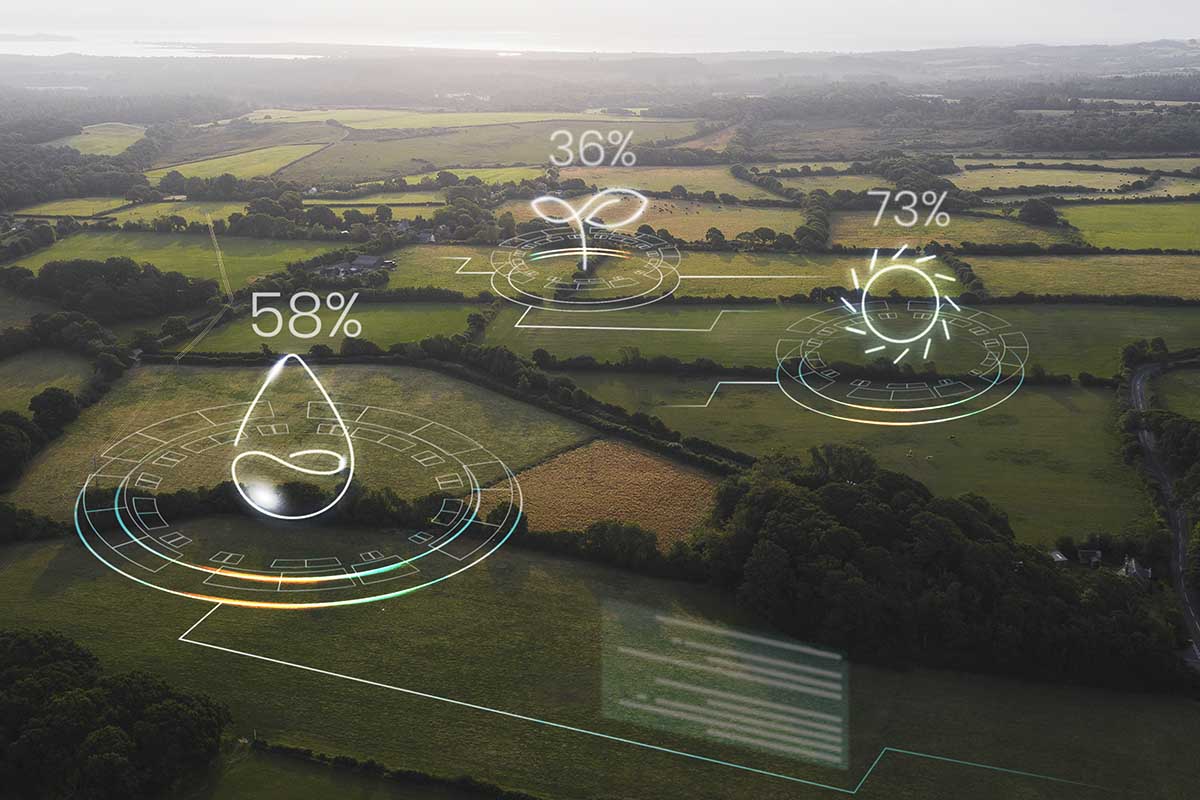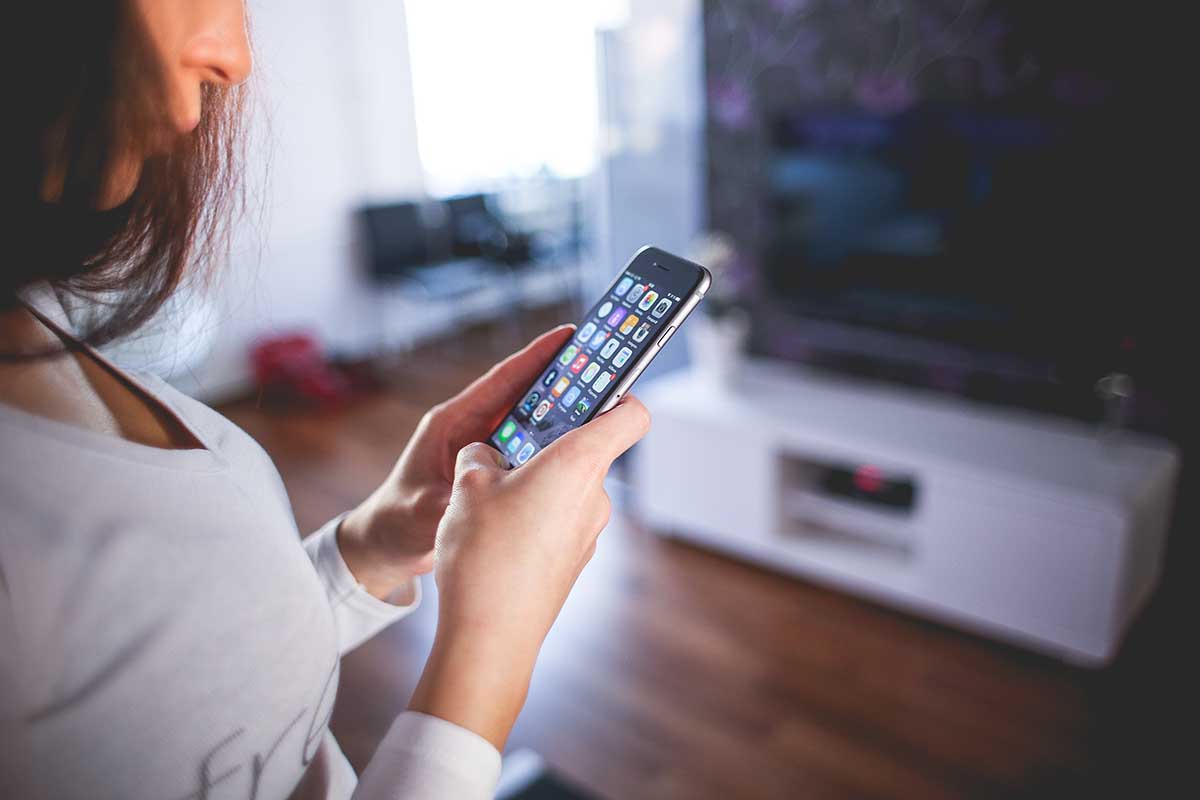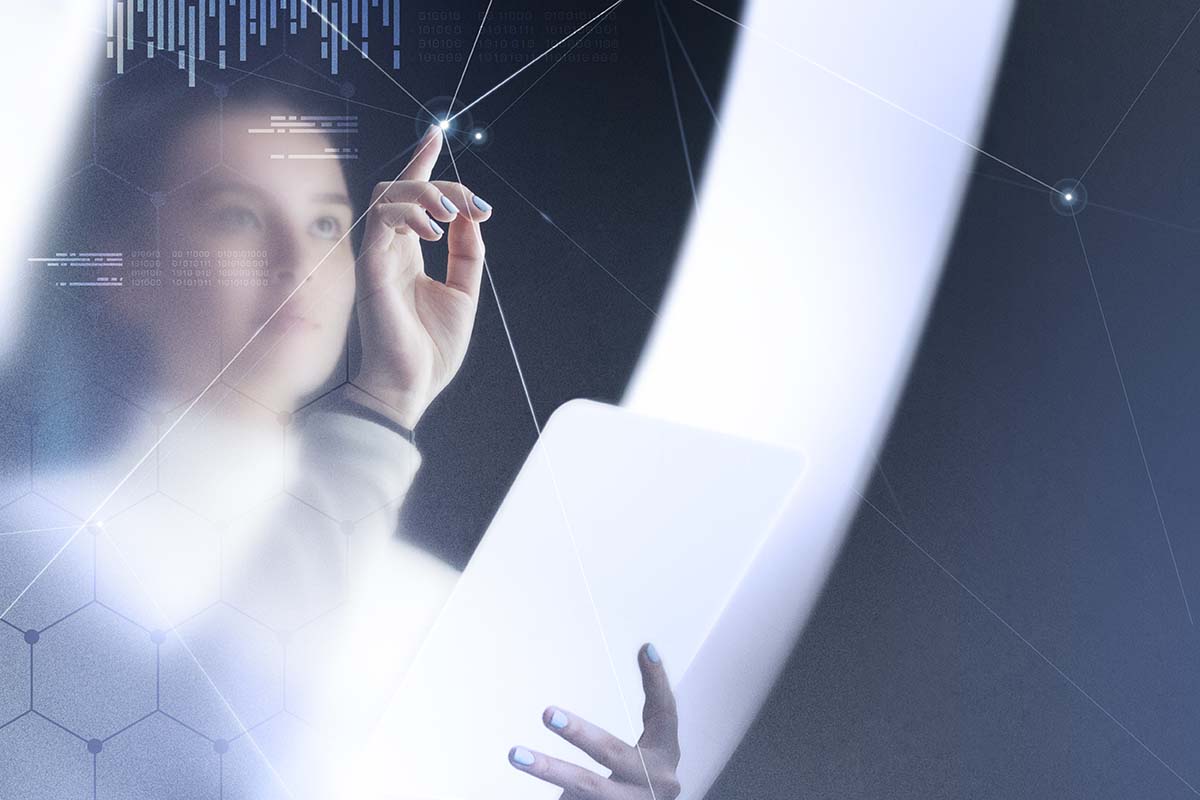Why is the Internet of Things (IoT) so important?
IoT is a technology that connects physical objects to the internet and enables them to collect and exchange data. Industrial IoT (IIoT) uses the Internet of Things (IoT) to monitor and control industrial processes.
The goal is to lower costs while increasing productivity and efficiency. IoT helps businesses automate processes, reduce labor costs, and make life and work smarter. In addition to offering intelligent devices, IoT technology solutions provide cost savings, waste reduction, and improvement in service delivery.
IoT impacts everything from the performance of machines to supply chain operations to logistics. IT Consulting Los Angeles can help local businesses integrate IoT into their daily workflows.
Recent statistics indicate that 94% of businesses will use some form of IoT by the end of 2021. Among current IoT business adopters, 88% believe IoT could be pivotal to the success of their business. IoT is most prevalent in manufacturing, transportation, and utility organizations. However, use cases in organizations within the agriculture, infrastructure, and home automation industries are increasing too.
Top Applications of IoT in the World
Smart Agriculture
IoT in agriculture can help farmers monitor their crops and get real-time data on the health of their crops. For example, they can use smart sensors to measure temperature, humidity, and soil moisture levels. These sensors can then send this information to a cloud system that stores it permanently so that farmers can access them whenever they want to determine whether they should apply fertilizers, pesticides, or irrigation water at a particular time.
Another way IoT helps farmers is by detecting pests and diseases in their fields before they spread further than necessary. The same sensors that detect weather conditions also provide additional information about pests like insects or fungi present in different parts of a field, which helps experts develop better methods for preventing future outbreaks by treating those areas first rather than waiting until after an attack occurs.
More Efficient Vehicles
Autonomous vehicles are just the tip of the iceberg. IoT can make vehicles more efficient. For example, some systems can control the engine and transmission to save fuel by shifting gears at optimal times. This is done by linking with other sensors on the vehicle, such as torque sensors, speed sensors, etc.
IoT can make vehicles safer. For instance, an IoT-based system could be used in conjunction with a camera to detect objects ahead of you and trigger an alarm if there are no obstacles for a certain distance ahead of your car, which indicates that you may be about to have an accident or, something terrible is about to happen on the road like a rock falling from mountain/ bridge collapsing, etc. This technology will give drivers enough time to take action before it’s too late – potentially reducing the scope of fatality.
Smart Homes
A smart home is a house, apartment, or other dwelling equipped with Internet of Things (IoT) devices to control, track and automate household functions remotely. Voice commands or smartphone apps can handle a smart home. Some even offer tablet interfaces for complete control from afar. This makes it possible to adjust lights and thermostats at work or away from home.
Smart Pollution Control
Intelligent pollution control uses IoT devices to detect air, water, noise, soil, radiation, and food pollution. This allows cities to monitor their urban environments and ensure they are safe for people to live in.
Smart Pollution Control can be used by city planners who need to know how the environment changes over time to plan new buildings or infrastructure projects. It can also be used by individuals who want to understand how their health may be affected by environmental factors such as air quality or radiation exposure.
Smart Healthcare
Smart healthcare is one of the most promising and rewarding applications of IoT devices. It can track patients’ health, monitor their condition remotely, and alert healthcare providers in an emergency.
- Remote Monitoring: With IoT devices in hospitals and homes, it will be possible to monitor patients even when they are outside their homes. This can help doctors keep a tab on their condition without visiting them physically.
- Remote Accessibility: In addition to monitoring remotely, doctors can access data from anywhere using the internet because the devices have integrated Wi-Fi modules, making them compatible with other devices like phones and computers.
- Patient Safety: Since multiple sensors are built into each device, like temperature sensors (thermometers), blood pressure monitors, etc., there will be no chance for any kind of issue regarding patient safety-related incidents occurring due to human negligence or mistakes.
Smart Cities
Smart cities use digital technology to create more efficient and sustainable cities. They use sensors, mobile devices, and the Internet of Things (IoT) to improve the quality of life in urban environments. Th
e innovative city concept can be applied to various aspects of urban development, such as traffic management, water supply, and waste management.
A smart city uses data gathered from a wide range of sources—such as traffic cameras, street lights, and vehicle sensors—to optimize services like public transportation or energy consumption by adjusting street lights based on traffic flow or managing water supply based on usage patterns during certain times of the day.
Smart Retail
Smart Retail is the application of IoT in retail stores. IoT enables retailers to understand customer behavior and preferences, which helps them make better-informed decisions. In addition, it improves employee productivity and enhances supply chain management. Here are some specific ways IoT can be used in retail:
- Customer experience – A smart store can anticipate customer needs based on previous purchases and behavioral patterns. For example, if you purchased a pair of shoes from a particular brand before, the next time you revisit the store will suggest other products that you might be interested in based on your previous purchase history.
- Employee experience – IoT helps employees perform their tasks more efficiently by providing real-time information about inventory levels through handheld devices. Hence, they know what needs replenishing sooner rather than manually checking every time.
- Supply chain management – Goods don’t always arrive at their destination as quickly as expected because there may be delays along the way due to traffic jams or weather conditions. But with supply chain management enabled via IoT technology, these delays can be reduced considerably by increasing efficiency at various points throughout transportation processes so that goods reach consumers faster than ever before.
For more information on the integration of IoT in retail and other fields, please consider getting in touch with managed IT security services.
Post courtesy: Brent Whitfield, CEO at DCG Technical Solutions, LLC.




















